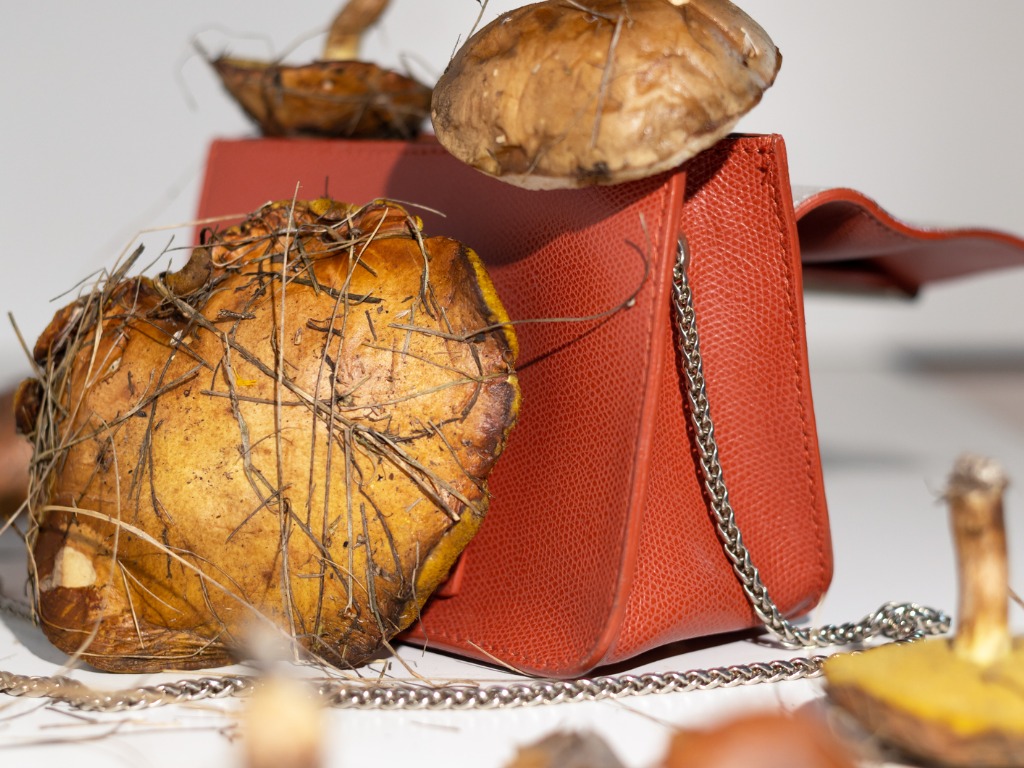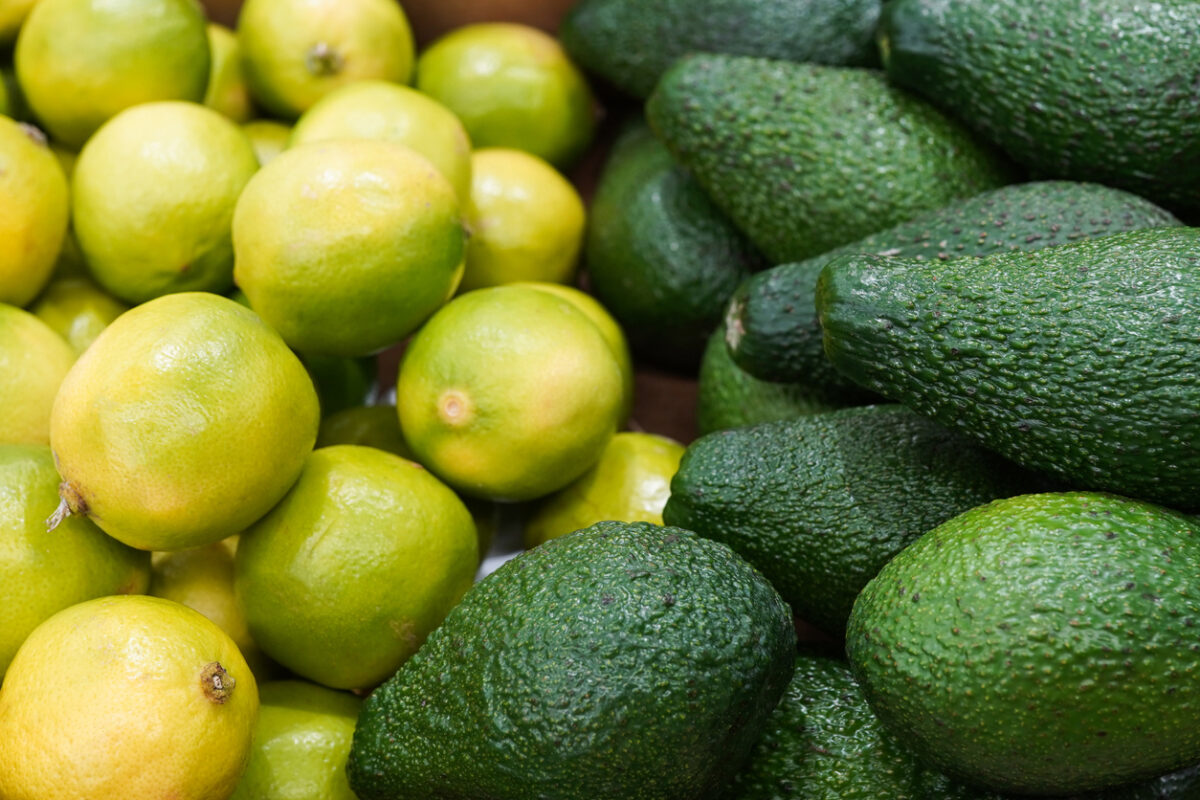From seaweed to coconut: sustainable packaging solutions fighting the war on plastic

Plastic pollution might seem like a modern problem, but the tide has been turning for decades and the need for sustainable packaging is nothing new. A material wunderkind of sorts in the first half of the 20th century, the first cracks in plastic’s veneer began to show in the late 1960s.
This was when the first ocean searches began dredging up plastic. Scientists began to find albatrosses with plastic in their stomach and seals entangled in netting. By the 1970s, the growing threat of microplastics was coming into view. In the decades since, the indelible mark the material has made on Earth is clear.
In 2022 there are a lot of people invested in stopping plastic from having an even greater impact on our natural world than it already has, with plenty of innovations and trends unfolding and becoming available commercially.
What is the problem with plastic?
Plastic is a hugely harmful material for our planet when not used properly. Many plastic products are unrecyclable – this is especially the case for food packaging, where the materials are often contaminated with food.
As a result, most plastic ends up in landfill where it breaks down over the course of several hundred years into toxic chemicals that leach into the surrounding environment. Elsewhere, plastic is dumped into oceans and other wild environments, often breaking down into tiny particles known as microplastics.
In animals and fish, microplastic can cause choking and death through poisoning. Increasingly, microplastic particles are being found in humans – the effect of their presence in the blood could be as serious as shutting down vital organs, scientists have recently found.
The human race has been exponentially increasing its plastic manufacture since mass production kicked off around 70 years ago. Some 2.3 million tons were produced in 1950 – but in 2015 that number had soared to 448 million tons of plastic produced annually. While recycling is touted as a way to ameliorate the situation, only approximately 9% of plastic is recycled. National Geographic reports that every year around eight million tons of plastic “escapes” coastal nations and finds its way into the oceans. One million marine animals are killed annually as a result, and the Ellen MacArthur Foundation estimates there could be more plastic than fish in our oceans by 2050 if current trends continue.
What is sustainable packaging?
In most cases, sustainable packaging refers to solutions which are part of a supply chain that uses renewable and abundant materials that are eco-friendly. Single-use plastic is still the most widely used packaging material on the planet, but does not tick the aforementioned boxes.
There are plenty of packaging solutions which are considered more eco-friendly than plastic – for example, corrugated cardboard, recycled cardboard or paper. However plastic, particularly in food packaging, is also used for hygienic reasons. This means cardboard is not the best replacement for plastic food boxes or films, for example.
For this reason, a growing number of designers, engineers and scientists are developing so-called bioplastics. These materials aim to replicate the functionality of plastic, but using naturally derived substances to do so.
Rosie Sharp, Creative Partner for Plastics and Packaging at environmental charity Hubbub, says there are several reasons as to why sustainable packaging is such a hot topic right now. “With incoming legislation like the plastic tax, retailers and brands are more encouraged than ever to try new things – additionally, public opinion on plastic is increasingly negative,” she says.

The Wholeleaf Company’s ‘Wedding Bundle’ contains cutlery, paper plates and bowls made from palm leaves. Credit: The Wholeleaf Company

Meanwhile Vegware uses by-products from a range of plants to produce its products. Credit: Vegware
Left: The Wholeleaf Company’s ‘Wedding Bundle’ contains cutlery, paper plates and bowls made from palm leaves. Credit: The Wholeleaf Company
Right: Meanwhile Vegware uses by-products from a range of plants to produce its products. Credit: Vegware
Leaves and plant by-products
Adejare Doherty is the founder of The Wholeleaf Company – a business that uses palm leaves to create sustainable packaging solutions. Doherty’s packaging uses Areca palm leaves from India, where he employs local people in all stages of the manufacture process.
“Palm leaf is a unique material in that can be discarded with food waste and naturally composted, making it extremely eco-friendly,” says Doherty. But the true beauty of the solution comes from the entirety of the life cycle, which he says is considered carefully throughout.
Areca palm trees are abundant in India, with an estimated 60 billion trees covering the subcontinent. Every month, each of those trees sheds its leaves, which are then collected by Wholeleaf to be turned into packaging. This is done by way of a simple heat press technique, Doherty says.
Like Wholeleaf, several other sustainable packaging companies use plants and leaves to produce their solutions. Vegware is an Edinburgh-based company which uses several different plant-derived materials to make all manner of packaging solutions, including sandwich packages, meal boxes, portion pots and to-go bags, as well as reusable packaging.
Among these materials are bagasse, which is a by-product of the sugarcane industry; and NatureFlex, a clear film made from wood pulp. The former is an alternative to polystyrene and can replace takeaway boxes, while the latter uses cellulose fibres and can be used as a kind of compostable film.
Fruits, vegetables and plants
Other sustainable packaging alternatives use fruits and vegetables for their varying qualities. Cocoform, a packaging solution developed and designed by Enkev, uses coconut fibre for its flexibility and biodegradable qualities, as well as its longevity strength. This last quality makes it particularly good for packaging delicate food items like eggs and wine bottles, which naturally require something more cushioning.
Another UK-based brand, 4eco uses the starch from the cassava root vegetable to produce its zero-plastic alternative. This method can be used to make plastic bags, as well as other items like cutlery and straws which are also often made from single-use plastic. Crucially, the bags are able to carry the same weight as their plastic counterparts and are dissolvable in water, leaving behind a liquid that is harmless to the environment.
Meanwhile Panda Packaging uses bamboo to do the job of single-use plastic. Using a proprietary technology, the company takes natural materials like bamboo and feeds them into a machine which can produce packaging like take-away boxes, plates and wrappers after breaking it down. The main focus of the company is customisability, with the main aim to make it just as easy as working with plastic.
Seaweed and algae
Some solutions require a more complex process to turn rare materials into sustainable packaging. Rodrigo Garcia Gonzalez is the co-Founder of Notpla, a sustainable packaging start-up which uses seaweed as a biodegradable – and sometimes edible – alternative to plastic.
Gonzalez says brown seaweed is one of the world’s most renewable resources, as it grows up to one metre every day, doesn’t compete with food crops, doesn’t need fresh water or fertiliser and actively contributes to de-acidifying oceans.
Notpla uses proprietary technology for its products, which mainly take the place of clear single-use plastics. Its flagship product is Ooho, an innovative bubble-like product which contains water and is used in place of a cup or bottle. The seaweed membrane has no taste, and so can be eaten whole, or pierced and drunk from. This means it either leaves behind no post-consumer waste at all, or a membrane that can full biodegrade in four to six weeks.
Other products from the start-up include takeaway boxes, which use a seaweed-derived film to keep them waterproof, films and papers. Beyond Notpla, companies like AlgoPack and Evoware also produce sustainable packaging from seaweed and algae.

Notpla’s flagship product, the Ooho, aims to replace plastic cups and water bottles. Credit: David Lineton

Notpla’s seaweed-based technology can also be used to produce films that are completely biodegradable. Credit: Longlong Han
Left: Notpla’s flagship product, the Ooho, aims to replace plastic cups and water bottles. Credit: David Lineton
Right: Notpla’s seaweed-based technology can also be used to produce films that are completely biodegradable. Credit: Longlong Han
Challenges moving forward
Consumer behaviour change
Wholeleaf, Notpla, Panda Packaging and more demonstrate there is no shortage of sustainable packaging alternatives currently being worked on and used. However Hubbub’s Rosie Sharp says there remains a considerable uphill journey ahead.
“A big struggle for these packaging companies is the behaviour change needed on both sides of the debate,” she says. For manufacturers, the fact remains that plastic is by far and away the cheapest and easiest material to use when packaging food and drink. Meanwhile for consumers, sticking with what you know ensures you’re never disappointed.
Brands and governments making the change
The fact there are so many options to choose from also means confusion is possible before a product even reaches the consumer. “It’s not the mainstream option right now and so brands can often feel a bit daunted about which packaging solution is the right one for them,” Rosie says. Careful consideration for the use case of a given packaging material is needed, she says.
That said, there are some brands already leading the way by having adopted sustainable packaging. Some recent examples include:
- Coca-Cola: last year the company introduced a paper bottle for its fruit flavoured AdeZ drink, sold in Hungary. This initial trial will inform future transitions away from plastic.
- Coleman’s: in 2021 it switched from plastic sachets to recycled paper for its sauces range.
- Carlsberg: the brewer started its Green Fibre Bottle project in 2015, which led to it revealing its first non-glass bottle made from sustainably sourced wood fibre in 2019.
Additionally, the introduction of the Plastic Packaging Tax in the UK – which will charge £200 for every metric tonne of plastic imported or manufactured that doesn’t contain at least 30% recycled content – aims to push more brands into sustainable packaging choices.
The tax comes as the latest piece of Government legislation to help fight against plastic. Several other countries are also pushing forward with similar action.
Italy became the first nation to implement the EU directive banning single-use plastic plates, cutlery and straws in 2020; meanwhile in 2021, the Chilean Government passed a law that practically eliminates all single-use plastics from the food and beverage sector, instead encouraging refillable bottles and containers.
Cost
Then there is the problem of cost. One of the main reasons plastic is so ubiquitous is because it is extremely cheap to work with. A pack of 25 palm leaf bowls from Wholeleaf can cost £11.99 – but for just double the cost, consumers can purchase 800 plastic bowls. Similarly, 200 Notpla takeaway boxes comes in at £58, but 250 plastic boxes of a similar size can cost as low as £31.38.
For companies too, using plastic is much more cost-effective than using environmentally-friendly materials.
“Extensive, ongoing research and development is crucial in order to find a practical and cost-effective alternative – which is a significant part of our work,” says Doherty. This mission is echoed by Gonzalez, who says this field is still a work in progress.
Material research
While a lot of time and money goes into this materials research, as Gonzalez says, sometimes there is a trade off between properties. “If for example you want something with the same barrier properties as plastic, that can make it harder to biodegrade and vice versa,” he says.
Ultimately, he says it’s about rethinking our understanding. “It’s not likely that we’ll be able to replace plastic like-for-like. Instead, I think it is more likely that we’ll have several different sustainable packaging materials that are used for different situations,” Gonzalez says.
“We must also remember that we got on fine before plastic, and so we can definitely find a future without it too.”








